
19 Important Features of an Energy Efficient Building

Incorporating energy-efficient features into commercial buildings lowers utility bills and increases net income. Energy-efficient features also improve occupancy rates, improve rents, and create comfortable and healthy indoor environmental quality (IEQ).
Importantly, because commercial buildings consume approximately 18 percent of all energy in the United States, energy-efficient commercial buildings reduce greenhouse gas emissions, which is vital to combating global warming. Energy-efficient buildings increase profits, have excellent IEQ, and are good for the environment.
1. Energy-Efficient Buildings Require a Whole-Building Approach

The whole-building approach treats a building as a single energy system in which each part affects the performance of the whole-building. The whole-building approach makes efficient use of electricity, water, and other natural resources. It also aims to minimize waste and mandates that all the building professionals are informed and knowledgeable on every feature that affects the building’s energy use.
2. Continuous Insulation of an Energy-Efficient Building
Continuous insulation (CI) is a crucial design element of an energy-efficient building. CI prevents air leakage (thermal bridging) in a building, which saves money and energy by reducing mechanical ventilation costs and heating and cooling expenses.
3. Thermal Mass Materials of an Energy-Efficient Building

High thermal mass products are an important design element of an energy-efficient building because high thermal mass stabilizes temperature shifts within a structure by slowing the rate of heat transfer. Concrete is an example of a high thermal mass material. Wood is an example of a low thermal mass material and is not a good choice for an energy-efficient building design.
4. Air and Moisture Barrier of an Energy-Efficient Building
An air and moisture barrier is critical to preventing air and moisture infiltration to the interior of an energy-efficient building. Continuous Insulation (CI) and air tightness of a building is crucial to eliminating thermal bridges. Moisture resistance is vital to stopping the growth of mold, which can significantly degrade the indoor environmental quality and integrity of a building. The addition of a glass rainscreen system can only further inhance the moisture resistance of a structure's exterior.
5. Fox Blocks ICF Walls for an Energy-Efficient Building
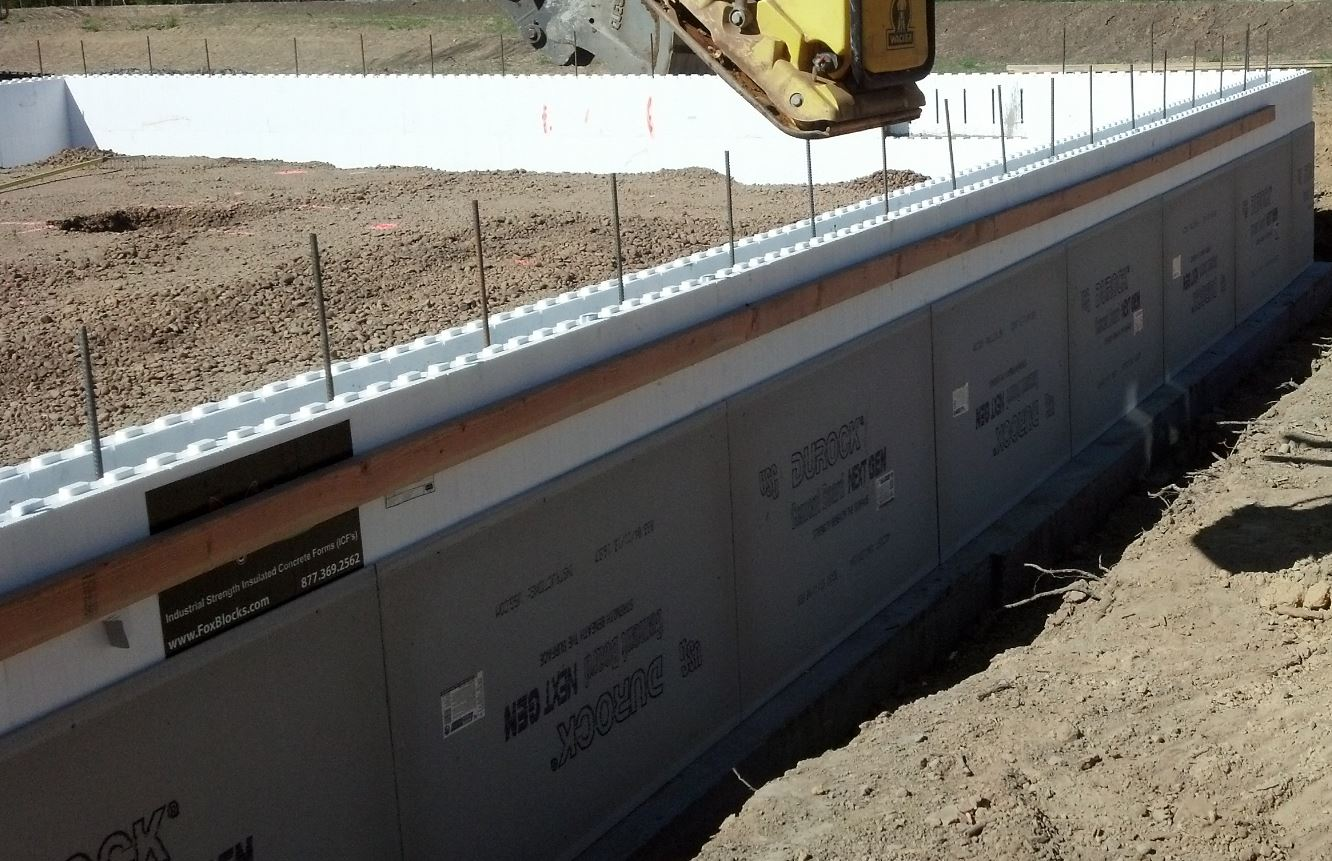
Fox Blocks are two foam panels filled with concrete and reinforced with steel rebar.
Fox Blocks insulated concrete forms surpass ASHRAE/ANSI 90.1 energy code requirements, and create energy-efficient buildings with excellent moisture resistance.
Fox Blocks provide a solid continuous monolithic concrete wall with a perm rating smaller than 1.0, which controls moisture and stops the growth of mold. Also, Fox Blocks provide CI with an R-value of 23+, which create an airtight building envelope with superior performance compared to wood- or steel-frame construction.
6. Site and Room Orientation of an Energy-Efficient Building
Site orientation (passive solar design) of a building is vital for taking advantage of the sun’s energy. Specifically, in the Northern Hemisphere, orienting buildings north-south lessens direct sunlight during the summer (which reduces cooling demands) while increases direct sunlight during the winter (which lessons heating demands).
7. Cool Roofs of an Energy Efficient Building
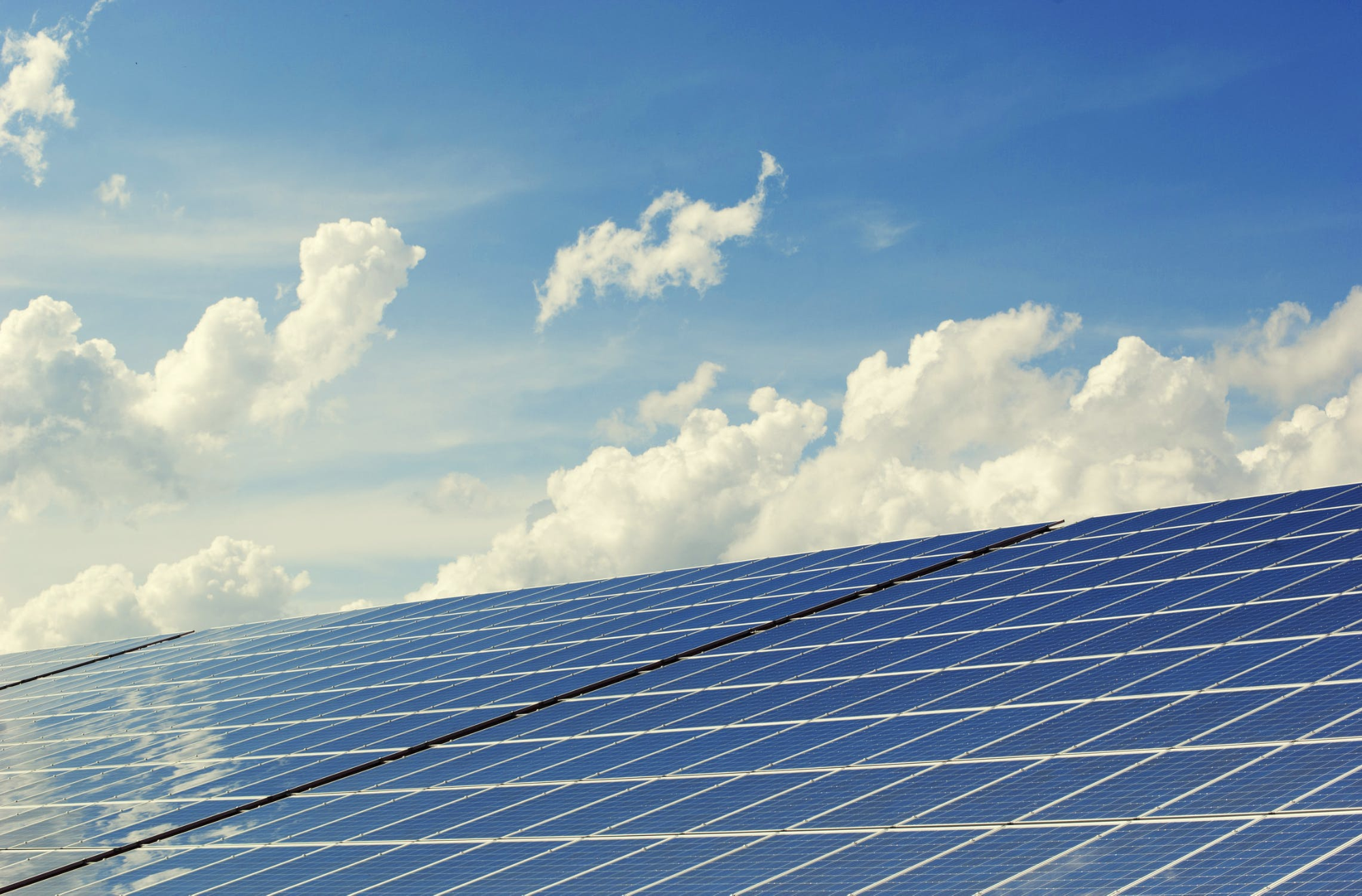
A cool roof of an energy-efficient building protects against solar heat gains and keeps the structure and attic space cool. Products used for cool roofs (like tile and slate) have high thermal mass and can have reflective or light colored pigments.
8. The Cooling and Heating System of an Energy-Efficient Building
A building's cooling and heating system account for 34 percent of a commercial building’s energy use. An energy-efficient building should include high-efficiency heating and cooling systems that use less energy.
9. Waterproof and Insulated Slab Foundation of an Energy-Efficient Building
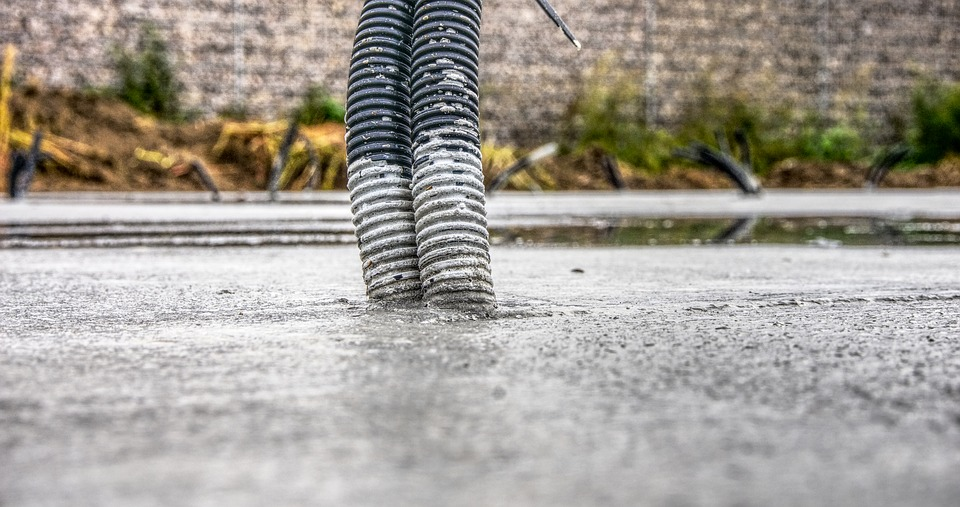
Concrete slabs, with a continuous layer of rigid foam insulation under the slab, contribute towards an energy-efficient building design. The high thermal mass of concrete traps radiant energy and keeps the interior of a building comfortable and dry.
10. Energy-Efficient Building Electronics
Computers and office equipment accounts for 8 percent of the energy use in a commercial building. The design of an energy-efficient building must include ENERGY STAR®-labeled office equipment and electronics.
11. Lighting of an Energy-Efficient Building
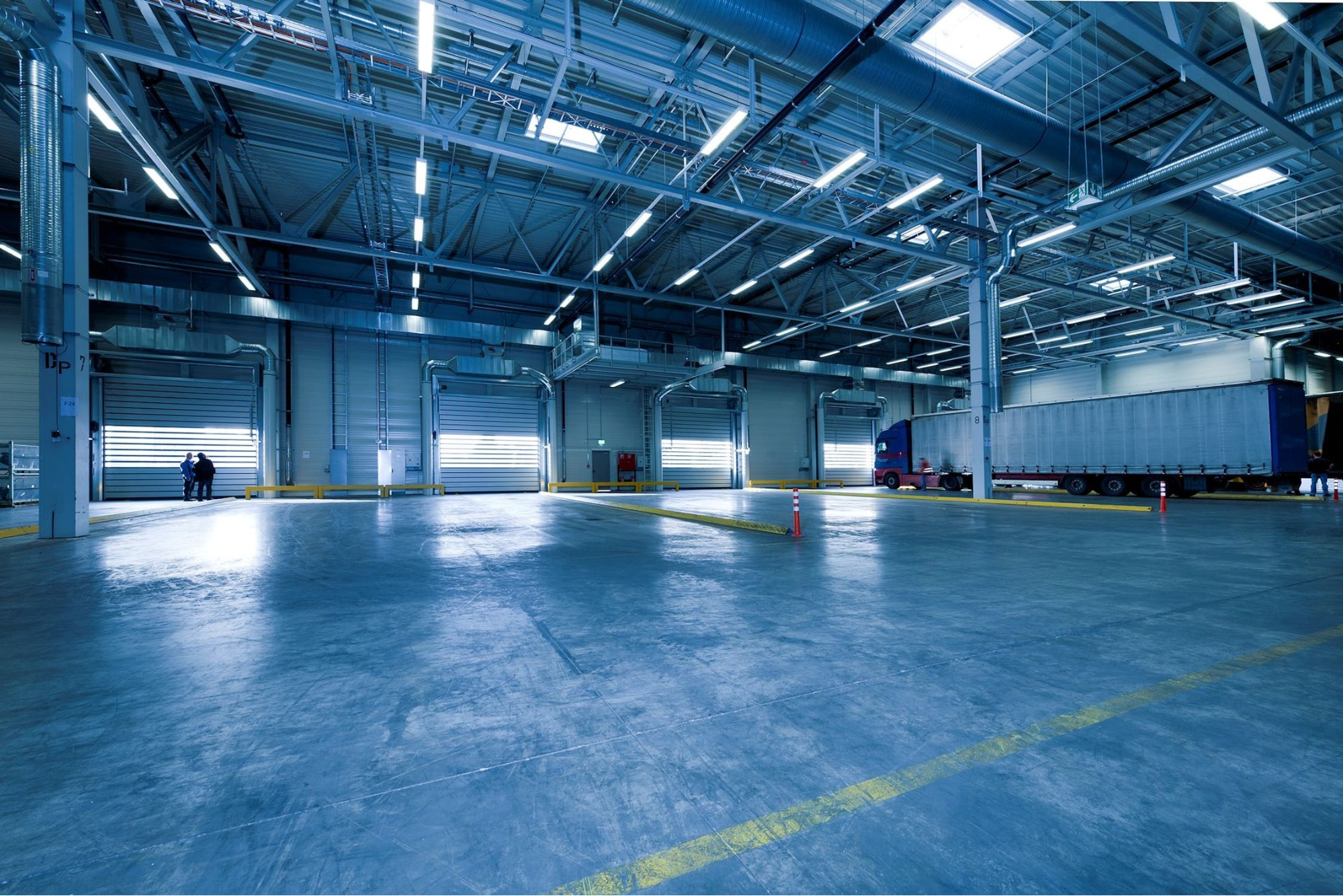
Lighting represents ten percent of a building’s annual electricity costs. Controls such as timers, photocells, and dimmers can save money and energy. Examples of energy-efficient lighting include compact fluorescent lamps (CFLs), light-emitting diodes (LEDs), compact fluorescent lamps (CFLs), and halogen incandescent.
12. Energy-Efficient Building Design Includes Smart Building Devices
Including smart building products in the design of an energy-efficient building is a convenient way to save money and energy and make a building safer. Examples of smart building products include occupancy or motion sensors, programmable thermostats, ceiling tiles with Air Purification Systems built into the panels, and other air quality alarms.
13. Ventilation of an Energy-Efficient Building

Ventilation of an energy-efficient building is vital because the air-tightness of an energy-efficient building may trap pollutants (like volatile organic compounds, radon, and formaldehyde). An energy-efficient building should include an energy recovery ventilation system. Other useful techniques of ventilation for an energy-efficient building are spot ventilation, such as exhaust fans in the bathrooms and kitchen, and natural ventilation.
14. Glazing Systems of an Energy-Efficient Building
Design of an energy-efficient building must include energy efficient windows, skylights, and doors appropriate to the building’s climate zone. Energy-efficient windows, doors, and skylights provide warmth, light, ventilation, and energy and cost savings.
15. Water Heating of an Energy-Efficient Home
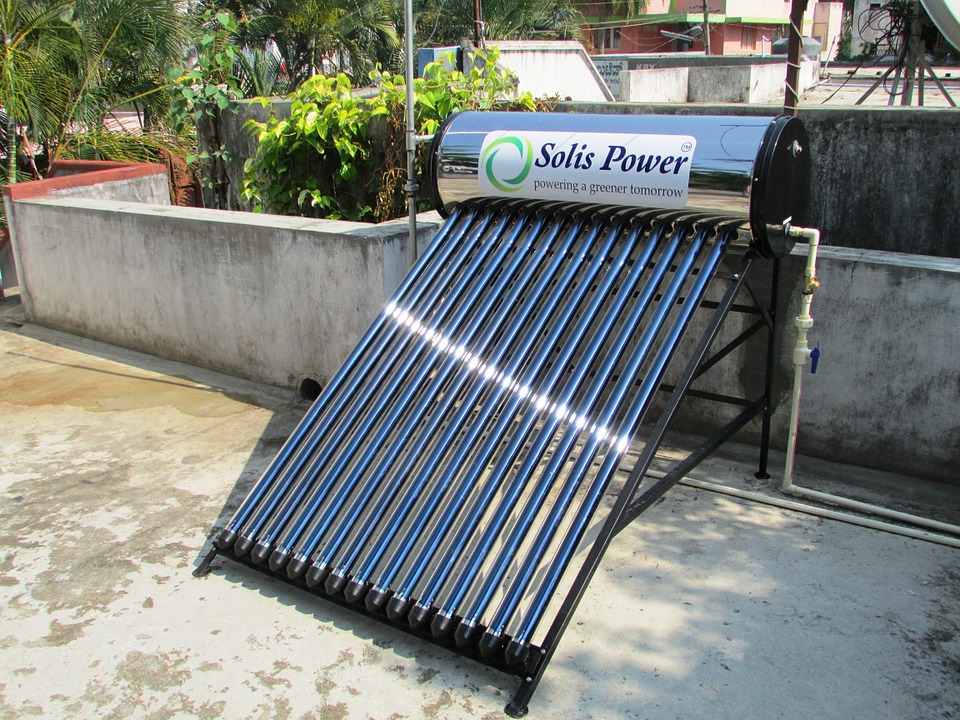
Water heating accounts for 7 percent of a commercial building’s energy costs. An energy-efficient building should utilize high-efficiency water heaters like a high-efficiency heat pump water heater or high-efficiency solar water heater.
16. Renewable Energy Sources of an Energy-Efficient Building
The design of an energy-efficient building should aim to create as much energy as it uses by installing renewable energy techniques like wind systems, microdropower, solar photovoltaic (PV) panels, or hybrid electric system.
17. Energy-Efficient Refrigeration for an Energy-Efficient Building

Refrigeration accounts for ten percent of a building’s annual electricity costs
Energy-efficient refrigeration will lessen a building's energy use.
18. Landscaping an Energy-Efficient Building
The landscaping of an energy-efficient building can save both money and energy. For example, shady landscaping protects a building from direct sunlight during the summer, which saves on cooling bills, and allows more sunlight to enter through windows during the winter, which saves on heating bills.
19. Certifying an Energy-Efficient Building
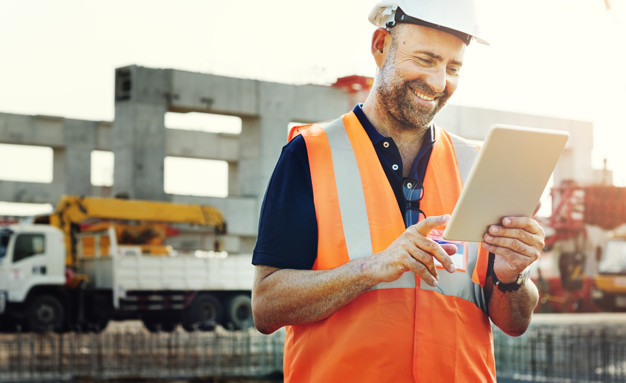
The design of an energy-efficient building should aim to meet, if not exceed the requirements of the Leadership in Energy and Environmental Design (LEED), the Energy Star for sustainability, standards, and the International Green Construction Code (IgCC).